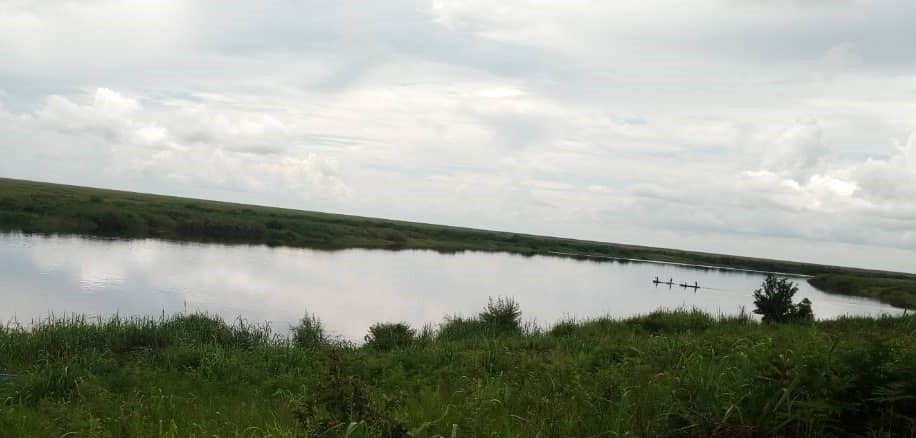FISHING METHOD NUMBER FOUR- THE SEINE OR DRAGNET -MUKWAU

This post is a continuation of where we ended in 2019, giving you highlights of life in the Bangweulu Swamps, and Lunga in particular. We started talking about fishing, the mainstay of the people in the area and we resume to continue discussing some of the methods employed to earn a living. Let’s talk about the seine net. A seine net is of historical importance in the business of commercial fishing. It is said to be the fishing method employed by the fishermen that later turned fishers of men during the time of Jesus Christ. It is one of the mass-catch methods of old that is also used in the Bangweulu Swamps today. “Seines hold a special honor in the Bible. Of all the nets mentioned in the Bible, the seine is mentioned more than any other, a total of nine times. In the Old Testament, written in Hebrew, the word for seine was "Herem" while in the New Testament, written in Greek, the word was "Sagene" from which we probably get the English word seine .”
 SoundCloud
SoundCloud


